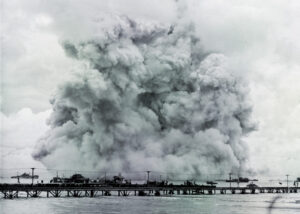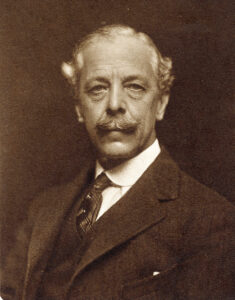Ironclads at War: The Origin and Development of the Armored Warship, 1854-1891, by Jack Greene and Alessandro Massignani, Combined Publishing, $34.95.
A revised and expanded version of H.W. Wilson’s 1895 Ironclads in Action, this book provides a comprehensive account of the revolution in naval affairs during the latter half of the nineteenth century. The authors explain how the combination of the steam engine, armor, and rifled cannon on a naval platform dramatically changed naval warfare. The innovation spurred many nations to modernize armaments and greatly accelerated industrialization. In the process, the ironclad era was fertile ground for vast scientific and technological progress in metallurgy, power, and chemistry. This, in turn, created companies that specialized in producing warships, firms that in some cases exist to this day. Ironclads’ need for fuel stimulated constant conflicts over existing or prospective coaling stations throughout the globe. All told, Ironclads at War addresses an important slice of history.
The problem is that this work is not particularly well-written or organized. For example, the authors disrupt a story by citing what some other author has claimed about the same event. The reader is therefore presented with two stories: the event itself and some later dispute or agreement among historians. This is why footnotes were created, but alas there are none. The book’s organization seems haphazard; some subjects pop up at unexpected places. For instance, instead of ending with a conclusion about ironclad development, the book ends with a discussion about Italian navy shipbuilding policy.
While Ironclads at War clearly has faults, its advantages are obvious. It is a good encyclopedia for naval combat, technology, and policy in the latter half of the nineteenth century. The striking aspect of the book is that the descriptions of nautical skirmishes gives lie to the notion that the era from the Crimean War to the Spanish-American War was—save the American Civil War and the Franco-Prussian War—generally peaceful. Greene and Massignani reveal the era for what it was—an almost continuous series of battles throughout the globe.




